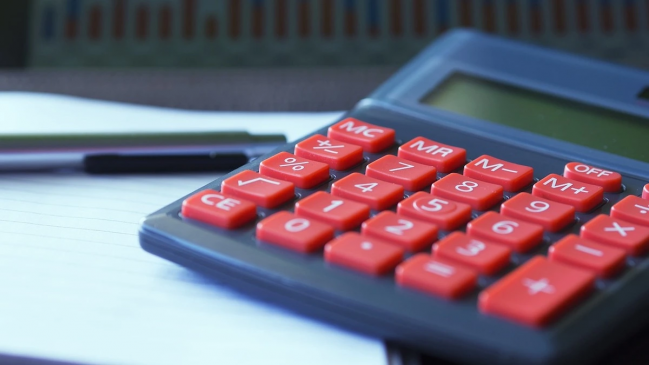EPFO Higher Pension Calculation Formula 2023: Employees, who have been EPF members since before 1st September 2014, will get an option to contribute 8.33% of their actual Basic+DA payments towards EPS.
EPFO Higher Pension Calculation: If you are an EPF member since before 1st September 2014, you will soon have the option to contribute 8.33% of your Basic Salary and Dearness Allowance (if applicable) towards Employee Pension Scheme (EPS). More details about this option and an online link to apply for a higher pension will be made available soon by the Employees Provident Fund Organisation (EPFO).
At present, an employee’s contribution towards the EPF account is capped at 12% of the Basic Pay+Dearness Allowance. An equal 12% contribution is made by the employer, of which 8.33% goes towards EPS and 3.67% towards the employee’s EPF account. The employer’s 8.33% contribution is subject to the statutory wage ceiling of Rs 15,000, which means only Rs 1250 (8.33% of Rs 15,000) goes to your EPS account every month.
In accordance with a Supreme Court judgement, employees, who have been EPF members since before 1st September 2014, will get an option to contribute 8.33% of their actual Basic+DA payments towards EPS. That said, the following are some illustrations to understand how much more pension you can get by opting for the EPFO higher pension option
Example: If Basic Pay is Rs 40,000
What is happening now: 12% of your Basic Pay (Rs 4800) goes to the EPF account every month. Of the employer’s contribution, which is also equal to 12% of your Basic Salary, Rs 1250 goes towards EPS while the remaining Rs 3550 goes to your EPF account.
What will happen if you opt for the higher pension: As Supreme Court has said that employees will get a chance to opt for a higher EPS contribution based on actual pay, 8.33% of your Basic Pay, i.e. Rs 3332 can go towards EPS. But there is a catch here.
Read More: EPF interest credit: Follow these steps to check provident fund balance
If you opt for the higher pension option then the EPFO will retrospectively deduct the amount from your PF account towards EPS from your joining date or November 1, 1995, whichever is later.
How much pension can you get: The formula for calculating EPS pension is “Pensionable Salary X Pensionable Service)/70”
If you don’t opt for the higher pension: The EPS pension is calculated on the average of 60 months’ average pensionable salary at the time of retirement. For example, if you joined EPS at the age of 25 and retired at age of 58 then you may get Rs 7071 as a monthly pension [(Rs 15000×33)/70].
If you opt for the higher pension: In case you opt for the higher pension, then the pension to be provided to you at the time of retirement will be calculated on the basis of your actual Basic Salary plus Dearness Allowance (if applicable). For example, if your average pensionable salary (Basic+DA) for the past 60 months is Rs 40,000 at the time of retirement, then the pension would work out to be Rs 18,857 [(Rs 40000×33)/70].
If the pensionable salary is Rs 80,000 then you may be eligible for a pension of Rs 37,714 [(Rs 80000×33)/70].
Point to note: The EPFO is yet to declare the method of deposit and of computation of pension. The above is based on the assumption that the pension calculation formula remains unchanged. However, you should wait for the EPFO circular on pension calculation to get a clear idea of how much pension you can get by opting for higher pension)





































